Navigating the Complex World of News: Understanding Media Bias with Elon University's LibGuides
BlogTable of Contents
- How to make sure your COVID sources are credible – The Lancer Link
- Infographic Media Bias
- Interactive Media Bias Chart Premium Ad Fontes Media - vrogue.co
- Infographic Media Bias
- Infographic Media Bias
- Media Bias Chart Explores Divergent News Coverage of House Speaker Mike ...
- Media Bias : r/Infographics
- Free Media Bias Chart Download - Our Latest Flagship Edition | Ad ...
- Infographic Media Bias
- Media Bias Chart – Friends of Community Media
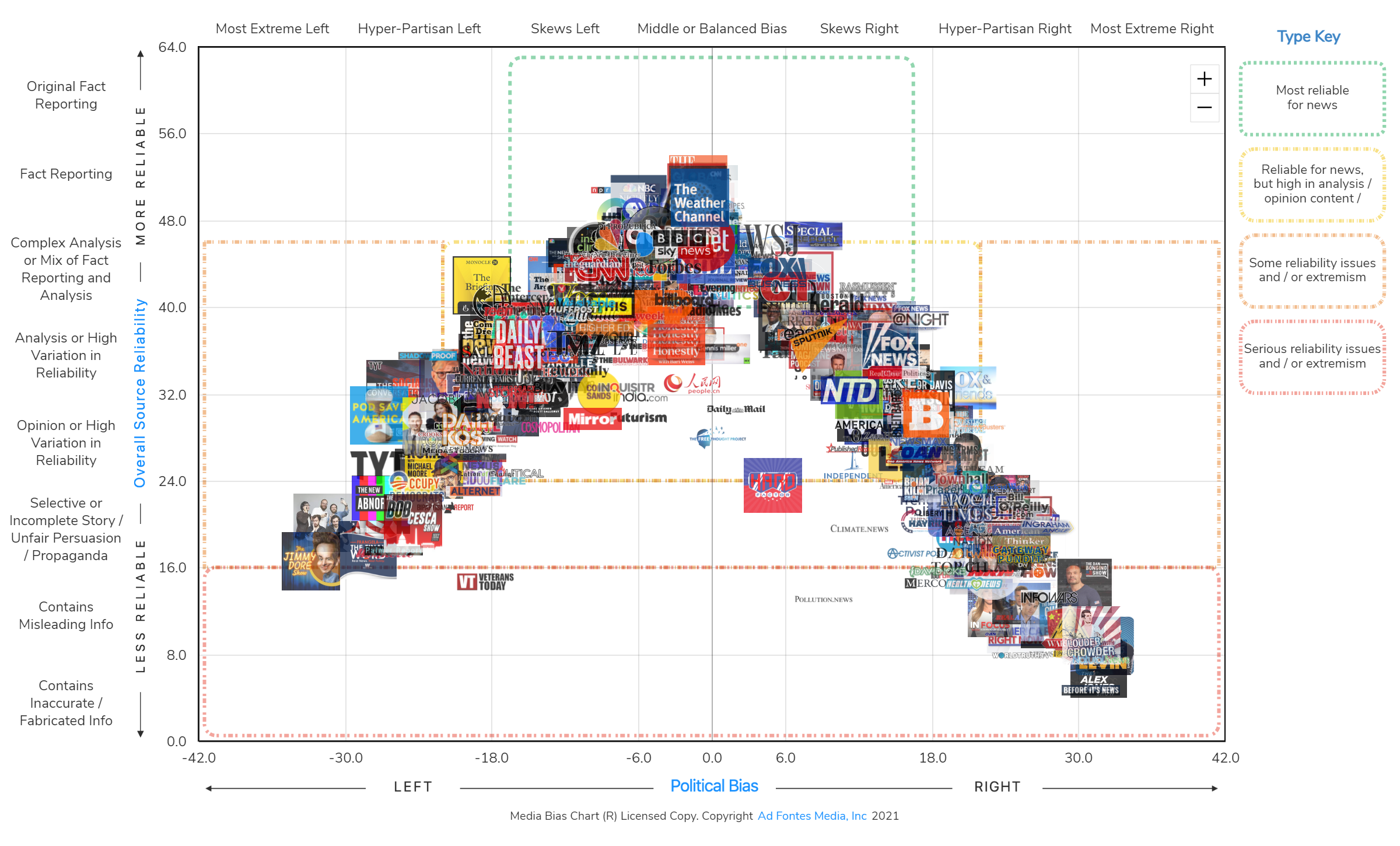


What is Media Bias?

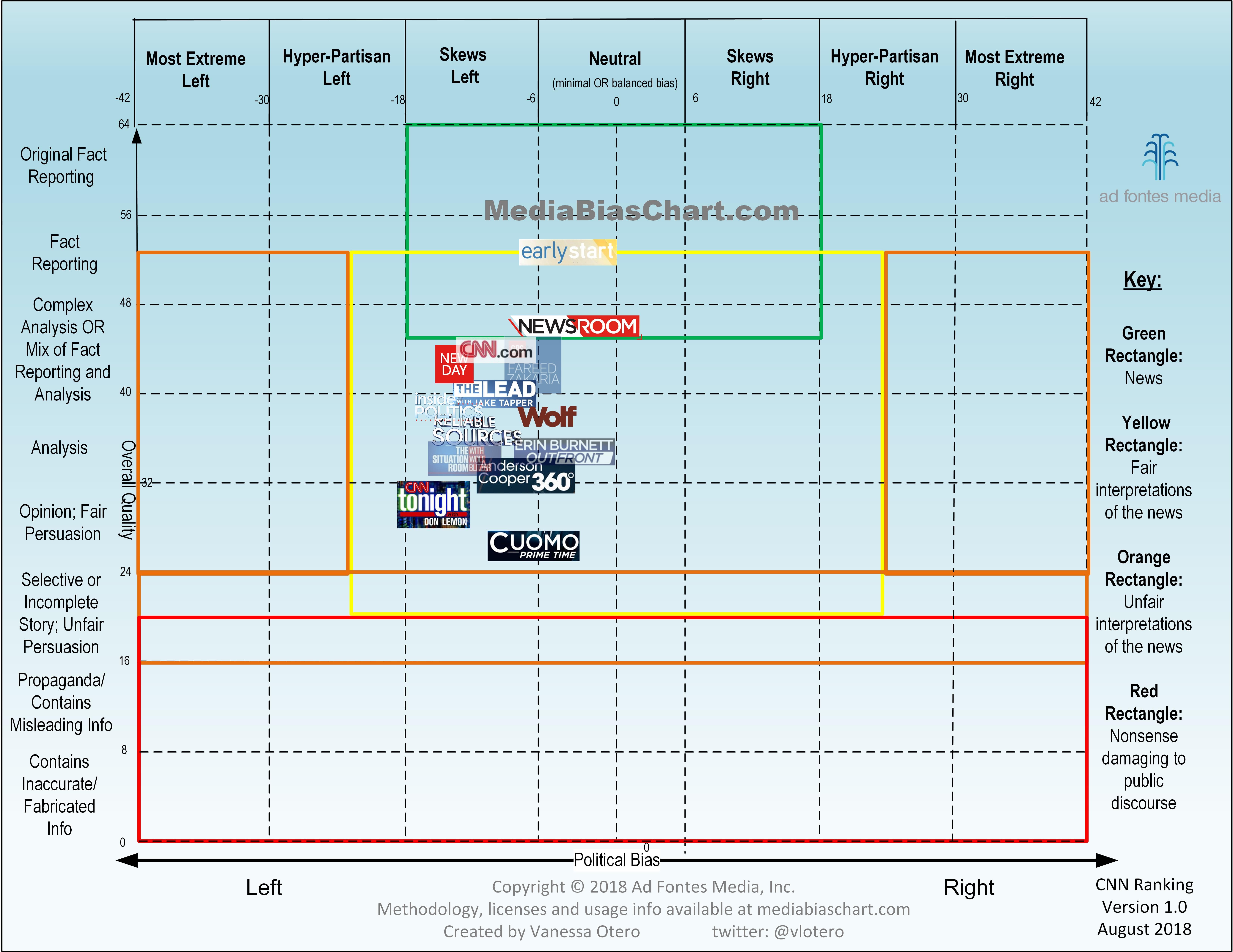
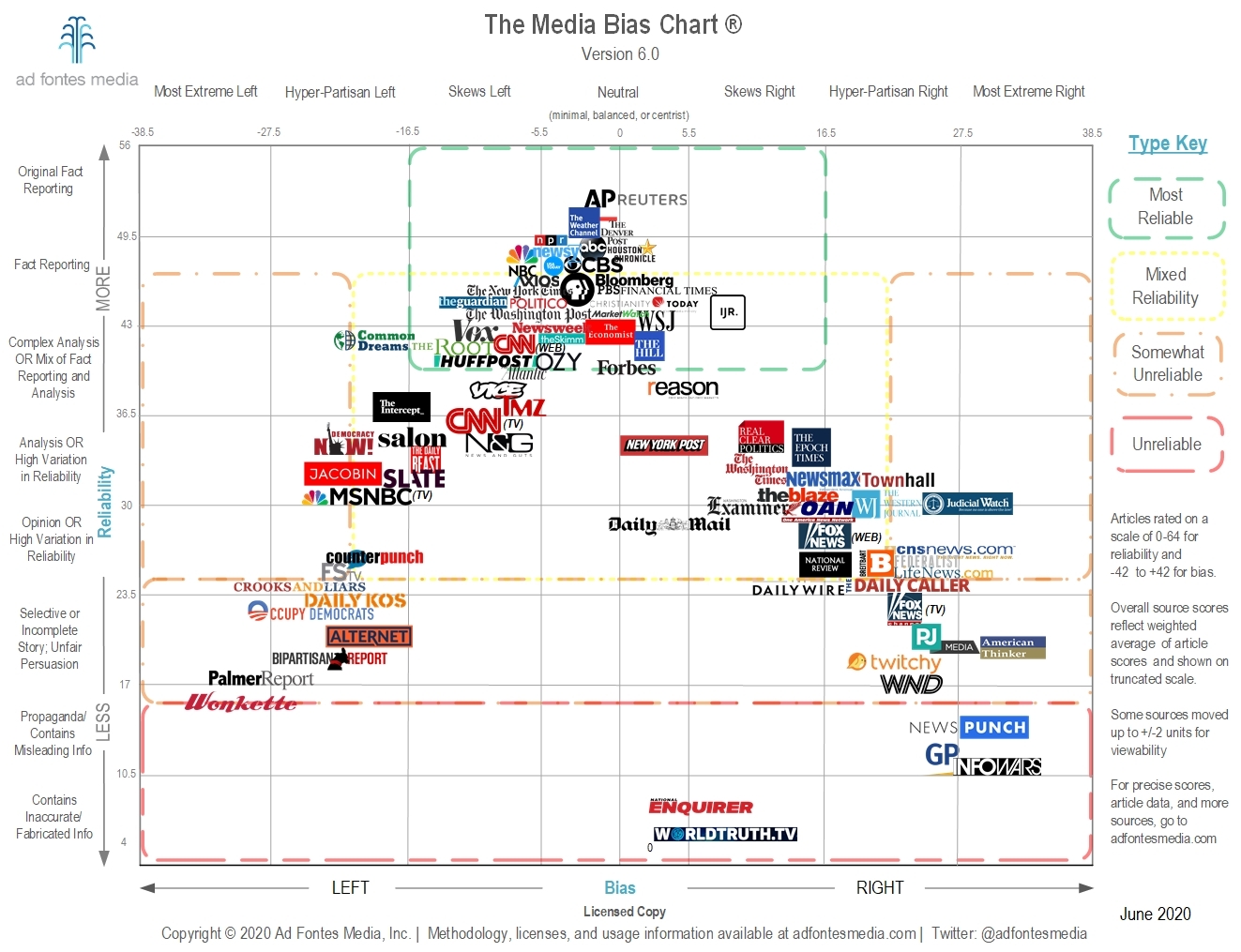
Elon University's Media Bias Chart
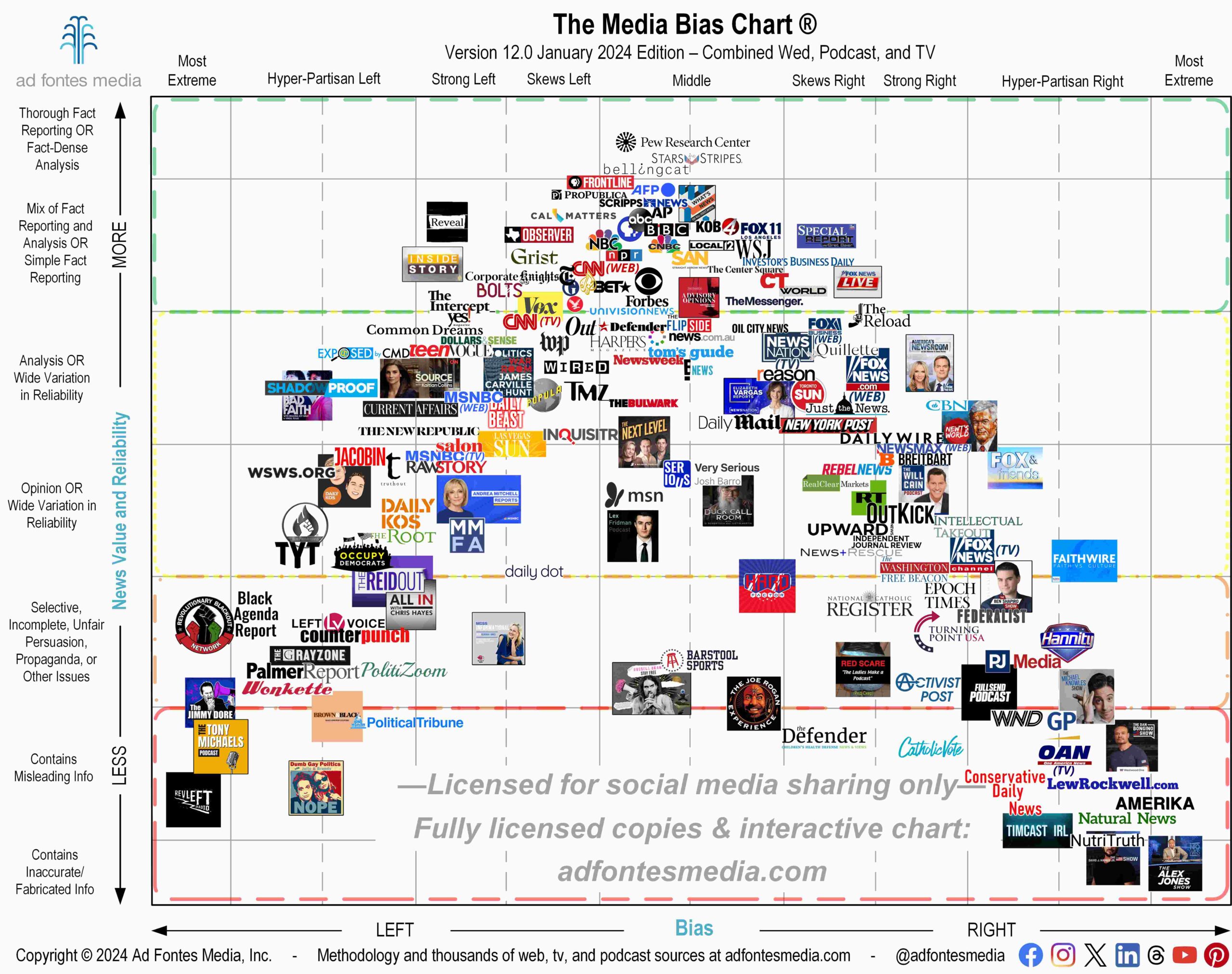

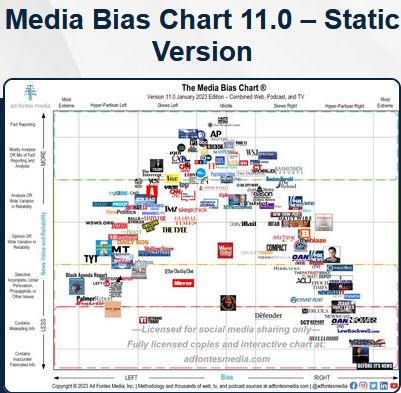
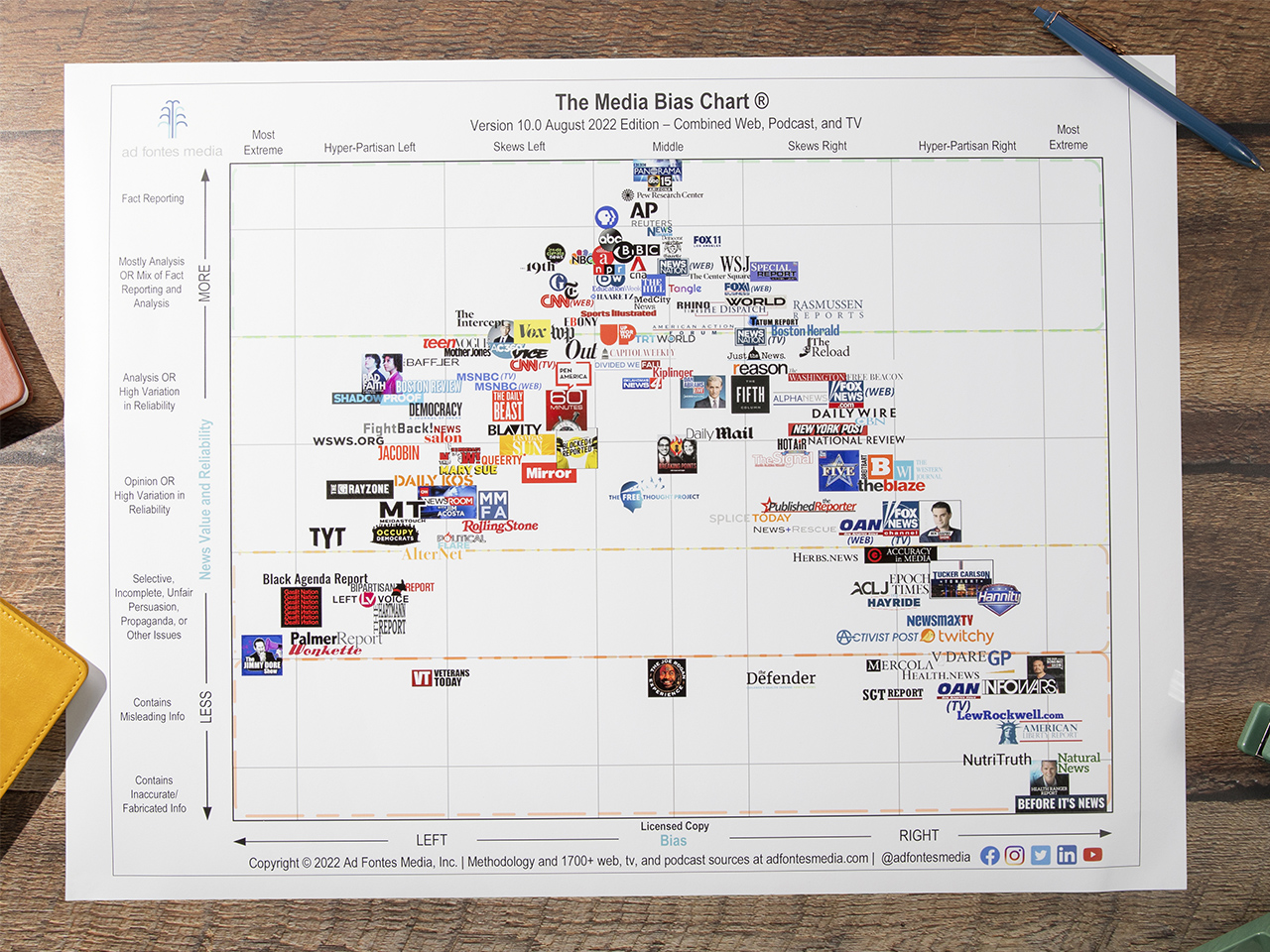
How to Use the Media Bias Chart
The Media Bias Chart is a valuable tool for anyone looking to navigate the complex world of news. Here are some tips for using the chart: Verify sources: Before sharing or citing a news article, check the source's bias and reliability rating on the chart. Seek out diverse perspectives: Expose yourself to a range of sources with different biases to get a more nuanced understanding of the news. Evaluate language and tone: Be aware of loaded language, emotional appeals, and sensationalism, which can indicate bias or unreliability. Fact-check information: Use independent fact-checking organizations to verify the accuracy of claims and information. In a world where misinformation and bias are rampant, it's more important than ever to be critical consumers of news. Elon University's Media Bias Chart is a valuable resource for anyone looking to navigate the complex landscape of news sources. By understanding media bias and evaluating sources based on their reliability, we can make more informed decisions and engage in more nuanced discussions about the issues that matter. Whether you're a student, researcher, or simply a curious citizen, the Media Bias Chart is an essential tool for anyone looking to stay informed and engaged in today's fast-paced news environment.References: Media Bias Chart - Newspapers & News - LibGuides at Elon University